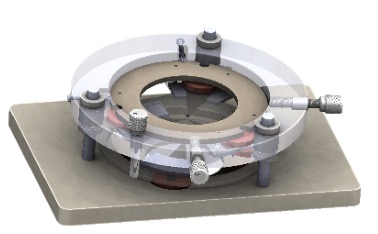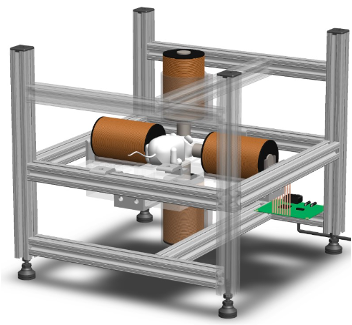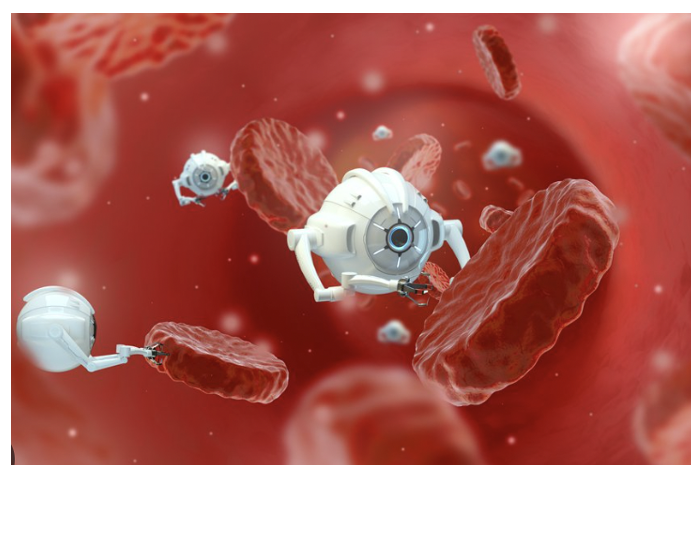Our research projects aim to advance microrobotic technologies to understand and to treat diseases.
Microrobots for Biology

To treat diseases, microrobots represent a cutting-edge technology with transformative potential for diagnosis, treatment, and recurrence prevention. These miniature robots offer precise targeting and delivery of therapeutic agents to specific tissues or cells within the body, minimizing potential side effects and increasing treatment efficacy. Actuated by external fields, microrobots can navigate through anatomical-challenging structures and reach inaccessible areas (e.g., brain tumors, lung nodules). At the targeted disease region, these microrobots can be controlled to release therapeutic reagents or perform nano-scale surgery. Currently, we are working towards designing microrobots with more biocompatible materials, actuated by acoustic and magnetic combined field, with better delivery and controlled retrieval mechanisms. As research in microrobotics continues to advance, the translation of these innovative technologies from bench to bedside is poised to redefine the future of medicine. [Figure adapted from Wang et al. Science Robotics 2019]
Microrobots for Medicine

To treat diseases, microrobots represent a cutting-edge technology with transformative potential for diagnosis, treatment, and recurrence prevention. These miniature robots offer precise targeting and delivery of therapeutic agents to specific tissues or cells within the body, minimizing potential side effects and increasing treatment efficacy. Actuated by external fields, microrobots can navigate through anatomical-challenging structures and reach inaccessible areas (e.g., brain tumors, lung nodules). At the targeted disease region, these microrobots can be controlled to release therapeutic reagents or perform nano-scale surgery. Currently, we are working towards designing microrobots with more biocompatible materials, actuated by acoustic and magnetic combined field, with better delivery and controlled retrieval mechanisms. As research in microrobotics continues to advance, the translation of these innovative technologies from bench to bedside is poised to redefine the future of medicine. [Figure adapted from Wang et al. Science Advances 2023]
Microrobots for Novel Biomedical Applications

Leveraging its small size, we explore small-scale robots for applications in dental procedures and aesthetic medicine.
We current work with our industry partners to develop novel applications of microrobots, and always welcome more partners to join the force.
[Figure adapted from Nano Magazine 2023]
 Xian Wang - Smith Engineering - Queen's University
Xian Wang - Smith Engineering - Queen's University